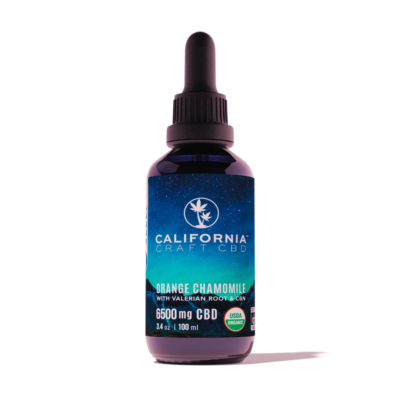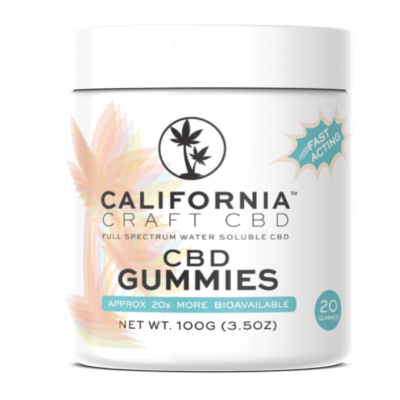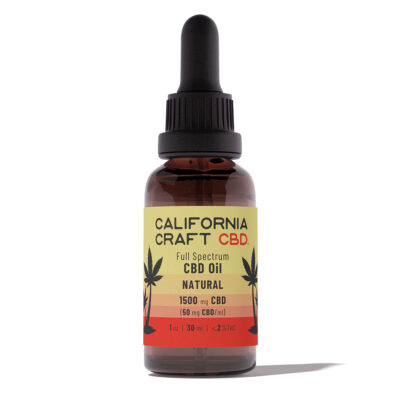Welcome back, and happy Friday! First, we want to give a huge shout out to Lauren Wilson, who has shared her incredible insight with her guest blog posts over the last few weeks. Lauren is an expert in wellness and cannabis/CBD and an author of multiple books about the space, with a wealth of wisdom and practical experience (as well as her totally awesome recipes). You can find out more about her on her website.
And if you haven’t had the chance to check her blogs, you dive in here:
- How To Use CBD Oil: Recipes For Inside & Out
- CBD Oil Isn’t Working For You? 5 Reasons Why That Might Be
- Being CBD Savvy: 5 Things To Look For When Buying
And Now, For The Terpenes…
We previously discussed the awesomeness of terpenes and their role in entourage effect. For those of you just joining us, you can read the first part of our two-part series here. Terpenes are commonly associated with flavor and scent and are found in many plants. In cannabis they appear in a much stronger concentration. Within plants themselves terpenes act as a healing element when a plant is damaged and as a kind of immune system against germs and as a deterrent against predators and other pests.
Terpenes are among the largest and most diverse compounds found in nature. In hemp alone, there are about 100 different kinds that can possibly appear in any given plant. Terpenes are generally classified into the general flavor profiles of sweet, spicy, sour, and bitter. This is done to simplify the process of classification – but truthfully, terpenes can have a much more complex flavor profile. They can express themselves in different ways depending on a variety of factors such as the growing cycle, sunlight and others.
So Who are they Anyway?
Now that we know more about the terpenes, let’s meet them and learn about what they do. Today, we’re diving into the most common terpenes and their commonly recognized medicinal properties.
Myrcene
Myrcene is one of the most abundant terpenes found in the cannabis plant. Outside of cannabis, it is responsible for the scent of mangoes, as well as the musky and earthy tones found in lemongrass and thyme. Increased levels of myrcene create a more sedative effect on the end-user. Myrcene is also recognized as having the following properties:
- Analgesic
- Anti-bacterial
- Anti-inflammatory
- Anti-psychotic
- Anti-spasmodic
Limonene
Another commonly-found terpene, limonene has a strong citrus smell and flavor, often found in concentrated sativa strains as well as citrus fruit. It has been found to be helpful in battling fatigue and facilitating the release of serotonin. It is recognized as having the following properties:
- Anti-depressant
- Anti-inflammatory
- Reduces acid reflux
- Immunostimulant
Caryophyllene
Often referred to as the “spicy” terpene, Caryophyllene remains the only terpene that is known to interact directly with the endocannabinoid system – specifically with the CB2 receptor. It has been associated with reducing abdominal swelling and improved brain function. Caryophyllene also has the following properties:
- Antioxidant
- Analgesic
- Neuroprotective
- Anti-proliferative
Linalool
This terpene is typically associated with lavender and aids relaxation and sleep; it also shows strong potential as a mood booster. The recognized properties of linalool include:
- Mood enhancement
- Immune system support
- Anti-stress
- Anti-microbial
Pinene
Pinene, the most naturally-occurring terpenoid, is associated with a pine scent and taste. It is associated with improved memory and increased alertness. It is most commonly associated with sativa strains. Other recognized properties include:
- Bronchodilator
- Analgesic
- Antibacterial
- Antioxidant
- Anti-inflammatory
—
These are just a few of the potentially 100 terpenes that can be found in any given hemp plant. Some of their properties are common across the spectrum of terpenes, such as antibacterial and anti-inflammatory properties, but others appear to be specific to particular terpenes – like the neuroprotective qualities of Caryophyllene or the bronchodilator aspect of Pinene.
There is still a great deal that we do not understand about terpenes, such as how they are formed, how they can best be isolated to ensure efficacy, and their long-term therapeutic benefits. What we do know now, though, is that they are both amazing and effective on multiple levels. They serve a well-earned and significant role in increasing the efficacy of CBD and other cannabinoids, as well as serve as members of the entourage effect.
That’s all for now, folks! We hope you all have a most excellent weekend, and we will see you back here again next week. Don’t forget to check out the newest addition to the Cali Craft CBD family, our Sunset Salve CBD balm. And remember, health is wealth.




